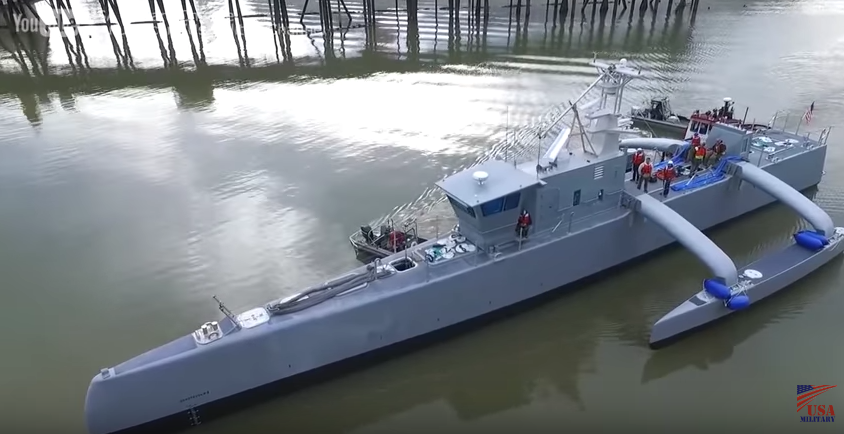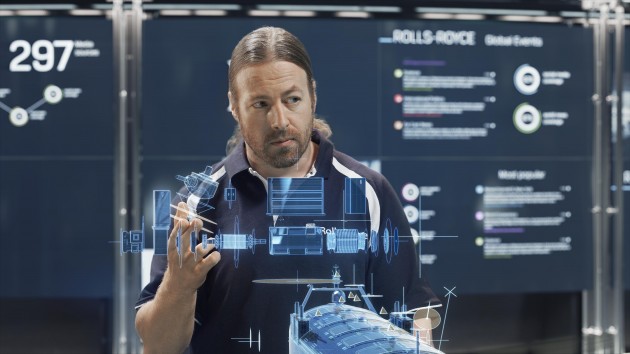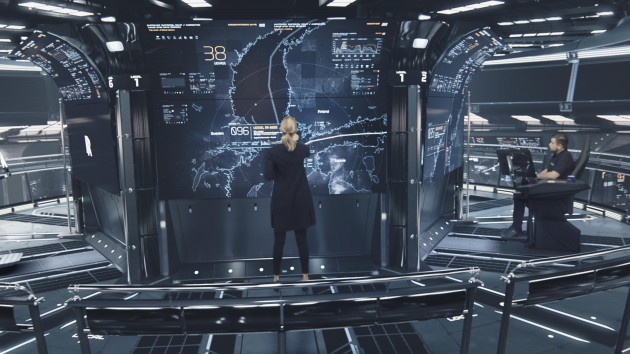"As disruptive as the smartphone": Rolls-Royce Marine says remote and autonomous commercial shipping will become a reality by the end of the decade.
Rolls-Royce is heading a consortium which is developing the technology to allow crewless boats to be controlled on land.
The first year findings of the Advanced Autonomous Waterborne Applications Initiative (AAWA) project were presented at a conference at Helsinki’s Finlandia Hall earlier this month.
Speaking at the conference, the Vice President of Innovation, Rolls-Royce Marine, Oskar Levander said: “This is happening. It’s not if, it’s when. This work supports the development of remote controlled and autonomous vessels and will enable proof of concept demonstration following the completion of the project. We will see a remote controlled ship in commercial use by the end of the decade.”
See the pictures below
Rolls-Royce believes that autonomous shipping will radically change the maritime industry, helping to save money and end the staffing shortages faced by the sector. It will also have the potential to create new shipping services, such as online cargo service marketplaces.
The President of Rolls-Royce Marine, Mikael Makinen, said, “Autonomous shipping is the future of the maritime industry. As disruptive as the smart phone, the smart ship will revolutionise the landscape of ship design and operations.”.
The project’s technology research is being led by Jonne Poikonen, Senior Research Fellow, Technology Research Centre at the University of Turku, and Dr Mika Hyvönen, Senior Research Fellow at Tampere University of Technology.
Poikonen says individual technologies for crewless ships now exist, but the challenge is bringing them together without it costing too much. Overcoming legal hurdles and regulatory approval, as well as testing the remote control vessels at sea also needs to take place.
Cybersecurity will also be critical to the safe and successful operation of remote and autonomous vessels.
The ships will pilot themselves via sensors such as radar, lasers and computer programmes.
The first test partners have signed up to the project. Finnish company Finferries’ 65 metre double ended ferry, the Stella, will be used to test how crewless ships function in a real environment. The vessel sails between between Korpo and Houtskär, The sensor arrays onboard will be tested in a range of operating and climatic conditions.
ESL Shipping has come on board to explore how drone ships can be used for shorter cargo trips.
The project has been supported by Finnish Funding Agency for Technology and Innovation of Tekes.
Pictures: Hyperlien Shark Line 46
With its streamline exterior and hull shape, it's no wonder the shark-inspired Hyperlien Shark Line 46 has won five design…
Upgrade for Sea Hunter – the US Navy’s 32ft submarine-hunting drone boat
The US Navy's 132-foot drone trimaran, Sea Hunter, which targets hard-to detect diesel-electric submarines, could be weaponised









